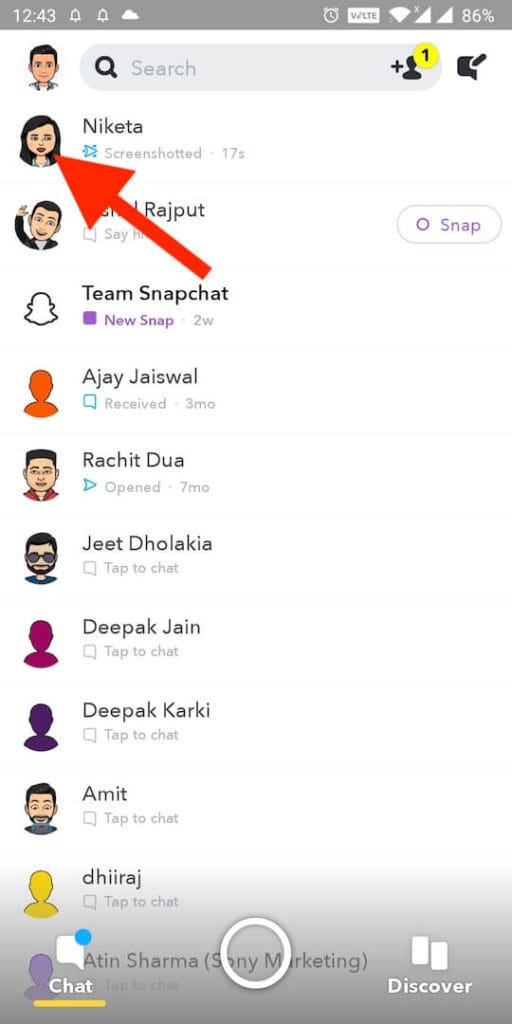

However, users don’t use the internet in the same way. At least, at the level of principles, it hasn’t really changed.

Yes, these are the classics for marketing communications. Of course, there are nuances like knowing what to say and when to say it through what channel. Generally, it is pretty easy to reach someone nowadays. This statistic is but a part of 81% of Americans who go online every day. Thus, home improvement stores such as Lowes or Home Depot – while having a large inventory of seeds and plants – do not accept EBT cards.įor more information on SNAP benefits, how retailers participate in the program, and how you can use your EBT card to purchase plants and seeds, visit the following sources, including whopping 28% of US adults state that they are ‘almost constantly’ on the internet (Pew Research Center, 2019). In addition, stores that do not regularly hold food inventory or have food sales are ineligible for the program. The process can be considered expensive for some retailers, and those who do not have a large amount of food items in their inventory may not be interested in taking the time to become registered.

#SNAPCHAT BOOSTING TO ROOT OUT DEALERS SOFTWARE#
You may also cite the 2018 memo released by the USDA that clarifies the legitimacy of these purchases.ĭue to fees and the software needed to become a retailer under the SNAP, a retailer must first register to be part of the program if they want to sell any items to customers with EBT cards. Ask to speak to a manager, and cite the Eligible Food Items listed on the USDA website. If a store clerk declines to accept your EBT card, it is likely due to a computing error. While this use of SNAP benefits is legally valid and written into the Supplemental Nutrition Assistance Program (SNAP), retailers might be unaware that plants and seeds are qualifying purchases with EBT cards. If your farmers market is listed, you may use your EBT card there to purchase plants and seeds. Under the filter for payment accepted, select “Supplemental Nutrition Assistance Program”. Department of Agriculture provides a search tool to help find out if your local farmers market accepts EBT. In addition to local supermarkets, farmers markets are increasingly accepting EBT payments. So where exactly can you use your EBT card when purchasing plants and seeds? The best place to do so is at a store in which you already use your EBT card or that you know accepts EBT payment. You also won’t have to pay for the transportation costs of your food, which contributes significantly to carbon emissions and climate change. Home grown produce has no – or very little – additives or harmful chemicals.

In addition, growing food at home increases the nutrition and quality of the food you consume. As noted by the USDA, growing food at home with plants or seeds purchased with your EBT card can maximize the power of your benefits and increase the efficiency of the entire program. Growing food at home has multiple benefits. Plants and seeds that are eligible for purchase with your EBT card include those that produce asparagus, onions, peas, tomatoes, and any other plant that produces vegetables, fruits, or herbs. Department of Agriculture encourages SNAP recipients to buy plants and seeds, noting that “For every $1 spent on seeds and fertilizer, home gardeners can grow an average of $25 worth of produce”. Your EBT card can be used to purchase plants or seeds that grow food, thereby increasing your spending power by allowing your SNAP benefits go further. Plants and seeds are eligible food items under Section 3 (g) (2) of the Food Stamp Act of 1977.


 0 kommentar(er)
0 kommentar(er)
